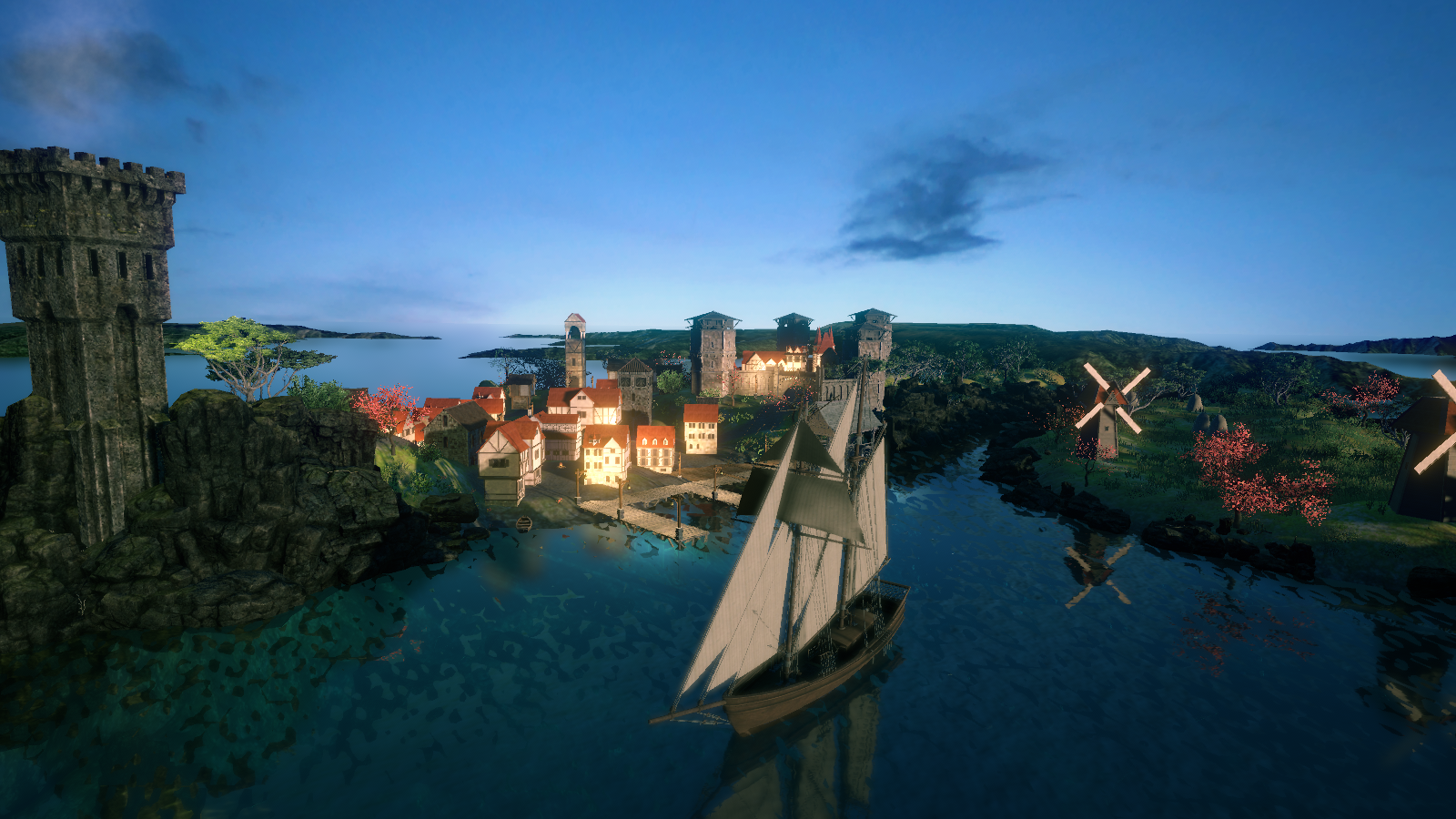Razor-Whip
Baby Razor-Whips scurry under bush and rock, their highly segmented long tail holds a fleshy creatures worst nightmare a blade like telson. This thin blade is quick to decapitate a small bird, slice open a small rodent, or cut another Razor-Whip in half. Hardened with zinc, moving like a whip, strikes are quick and deeply cutting. The forests are littered with corpses, swarming with these assassins moving in groups but the worst is to come.
Some years the lands of the Farm District are overrun with a plague of these 3 to 4 foot long adult versions of Razor-Whips, nothing has changed and they have gone into a frenzy. Everything is on the menu that does not kill them first even the much larger Wire-whip where guards will smash with their much larger telsons' hundreds of these devils with each swing. Seeing one red colored Demon Vintrathus is enough to send the alarm to all nearby villages.
Death is coming! It's bring it's friends!!!
Basic Information
Anatomy
Razor-Whip anatomy can be defined as similar to a scorpion in many ways; carapace, eyes, chelicerae for its mouth section, four pairs of walking legs, and two pedipalps. But differ in the following ways
- Consisting of an exo-skeletal structures of a common scorpion with some advanced anatomy that aids in their larger size and niche in the wider animal kingdom.
- The spiracle openings are still the same size if you were to scale the animal to the same size, but it is the proto-lungs behind them that allows for the greater size and more energetic nature observed in these animals.
- Unlike their smaller cousins they have a closed circulatory system with long multi chambered hearts.
- Their tails have many vain-like structures that work off of a hydraulic fluid system and with the addition of hundreds of smaller segments it allows the blade like telson to be swung up to 350 degrees before a twisting action rolls the tail for continued rotation.
- The telson is also hardened by the use of zinc-containing metalloproteins along the edges.
- The pedipalps are like the telson using the same zinc-containing metalloproteins in the tips of the three claws on each pedipalp.
- This added claw helps manipulate objects to aid in nest building, mating displays, and anchoring for nest defense.
- Their main difference is the size, and red flushing of the Exo-thorax.
Biological Traits
Alpha male and Subordinates
Genetics and Reproduction
Alpha will take any female that is in heat which coincides with enough meat in their diet. While females pull away from the horde to lay their clutch of eggs(1-2 dozen eggs) as soon as they have buried them, it is once more into the horde.
Growth Rate & Stages
Growth rates are based on the amount of carrion that the hatchlings can consume along with the zinc for their tails. They will molt as soon as they have grown enough and have excess minerals.
Ecology and Habitats
Warm semi-humid environments are best due to their proto-lungs. While they can thermoregulate instinctually they seek thermoneutrality hence why they are found in caves, abandoned brick buildings, and other thermally cool locations with higher humidity.
Dietary Needs and Habits
Due to it's tail segmentation, hydro-vascular system, and fairly advanced learning patterns, all of the Flagrium vintrathus family is able to swing their tails like whips or maces. Each individual will favor one way of swinging it's tail. All are lethal to any animal that gets in the path of the blade like telson which is zinc hardened, they are known to be able to cut birds, small eels, fish, and other invertebrates in half (including each other). This group is made up entirely of 2-3 year old that have ate other molds that breakdown the social center of their brain. All have continued to eat meat from everything after eating the mold well after their third stage should have started.
Biological Cycle
Hatching from eggs buried in warm sands or other loose soils as fully formed Wire-Whips they are cared for by the colony, molting to get larger until they are 2-3 years old. At this stage they undergo their first major change the ability to eat meat. Was the case until this species diverged from the Wire-Whips. Due to the lack of mold for early development clutches of now Razor-Whips will enter their second stage in weeks not years. This is where the killing phase starts, these roving bands of Razor-Whips kill anything they can will die trying. Once they have survived till about 2-3 years old they will move into the third stage breeding this is the horde stage and is the most dangerous for everything. Fights are to the death, males mainly will do anything to become Alpha and mate with every female they can before they are killed by another male. Females can and are killed in these battles.
Additional Information
Uses, Products & Exploitation
Burn the bodies or piled up for bait for drawing in more Razor-whips.
Genetic Ancestor(s)
Scientific Name
Tondo-Flagrium vintrathus
Lifespan
5 years
Conservation Status
Can become a plague level issue. Mitigation of numbers is necessary and cullings of hundreds only measure a 10th of a percent at plague levels.
Average Height
1-1.25 foot body
Average Weight
25-30 lbs
Average Length
3-4 foot body length
Geographic Distribution
Discovered by



Comments